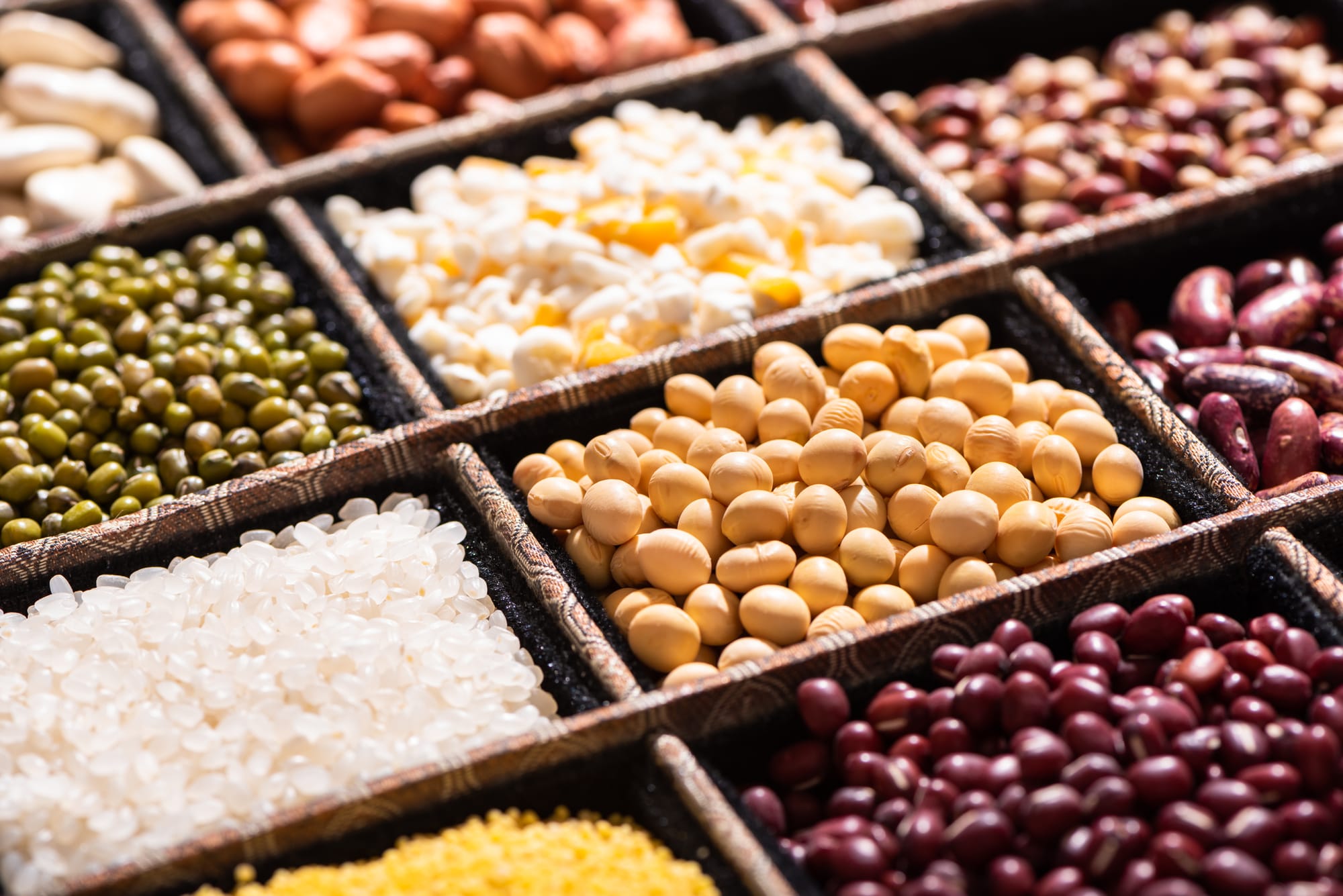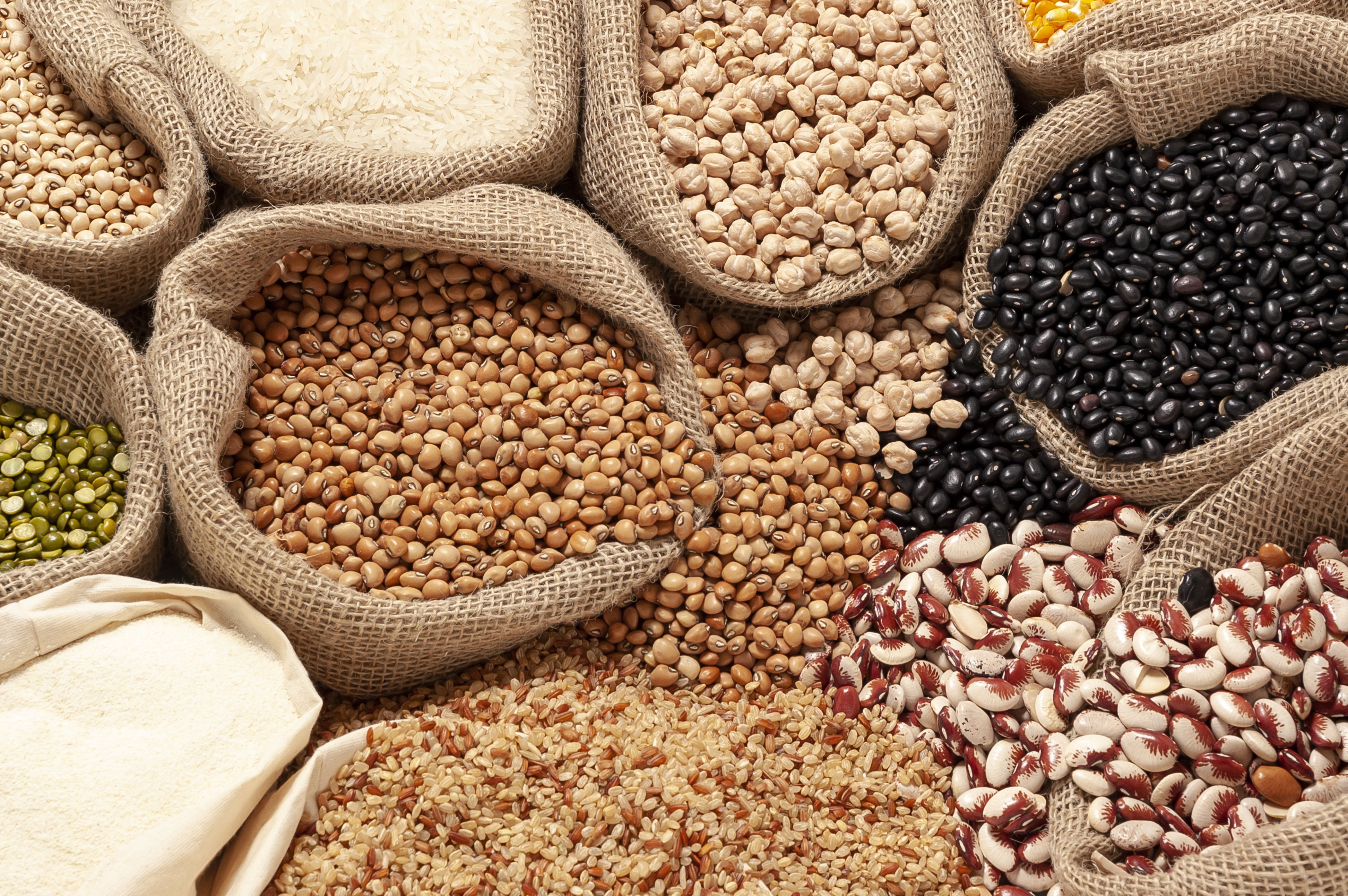🌍📈 Africa's Pulses Market Set to Boom: 🌱 29 Million Tons by 2035 with 1.8% Annual Growth! 🚀

April–May 2025, Nairobi / Addis Ababa / Lagos — Africa’s pulses sector is set for measured but steady growth over the next decade, with market volume expected to reach 29 million tonnes by 2035. According to the latest the market will grow at a compound annual growth rate (CAGR) of approximately 1.8% in volume and about 2.5% in value.
Key Findings
- 2024 Snapshot: Consumption dipped slightly, falling by around 1.7% to ~23 million tons after two years of growth.
- Value Trends: The market value in 2024 stands at roughly US$15.3 billion, similar to previous year levels.
- Top Consumers & Producers:
- By volume: Nigeria (≈ 4.3M tons), Niger (≈ 2.9M tons), Ethiopia (≈ 2.7M tons) accounted for about 42% of total consumption.
- Per‑capita consumption leaders: Niger (~102 kg/person), Burundi (~62 kg), Burkina Faso (~37 kg).
- Types of Pulses:
- Dry beans dominate both production and consumption (~75%) of the total volume.
- Other categories like broad beans, horse beans, and “pulses, nes (not elsewhere specified)” lag behind in both share and growth.
- Output & Yield:
- Africa produced ~24 million tons of pulses in 2024—up slightly from previous years.
- Pulses yield is about 789‑790 kg/ha, with some improvement over the prior year.
What's Driving Growth
- Rising Demand for Protein‑Rich Foods: As urbanization rises and incomes slowly grow, demand for pulses (beans, chickpeas, etc.) increases because they are affordable sources of protein and nutrients.
- Food Security & Nutrition Goals: Governments and NGOs are promoting pulses as part of programs to improve diet diversity and reduce dependence on more expensive protein sources.
- Sustainable Agriculture: Pulses improve soil health (nitrogen fixation), require relatively lower inputs (fertilizer, water), and fit better in mixed cropping systems.
- Export Opportunities: Some African countries are scaling up exports, benefitting from global demand for legumes.
Challenges to Address
- Consumption Retraction: The drop in consumption in 2024 suggests vulnerability to price, supply chain issues, or possibly climatic stress.
- Harvested Area Decline: Area under cultivation shrank slightly in 2024 (~‑2.1%), which limits growth unless yields improve.
- Quality & Infrastructure Gaps: Post‑harvest losses, limited storage, processing, and market access remain major bottlenecks in many regions.
- Import Dependency: Some countries still depend heavily on imports for certain pulse types, which exposes them to external price fluctuations.
Looking Forward: Opportunities
- Investments in Value Chains: Processing, packaging, and logistics offer high leverage for returns while reducing losses and increasing income for farmers.
- Technology & Yield Improvement: Improved varieties, better farming techniques, and smallholder support can help increase yields.
- Regional Trade & Policy Support: Harmonized policies (tariffs, phytosanitary standards) and trade infrastructure can help countries better serve both domestic and export markets.
- Nutrition & Public Health Linkages: Positioning pulses in national dietary guidelines, school feeding, and public awareness campaigns could further boost consumption.
Conclusion
While the short‑term dip in consumption is a warning sign, the long‑term outlook for Africa’s pulses market is positive. With modest growth, smart investments, and supportive policies, the sector is expected to reach ≈ 29 million tons in volume and US$20 billion+ in value by 2035. The potential is strong — now the focus should be on converting that potential into sustainable, inclusive growth.
